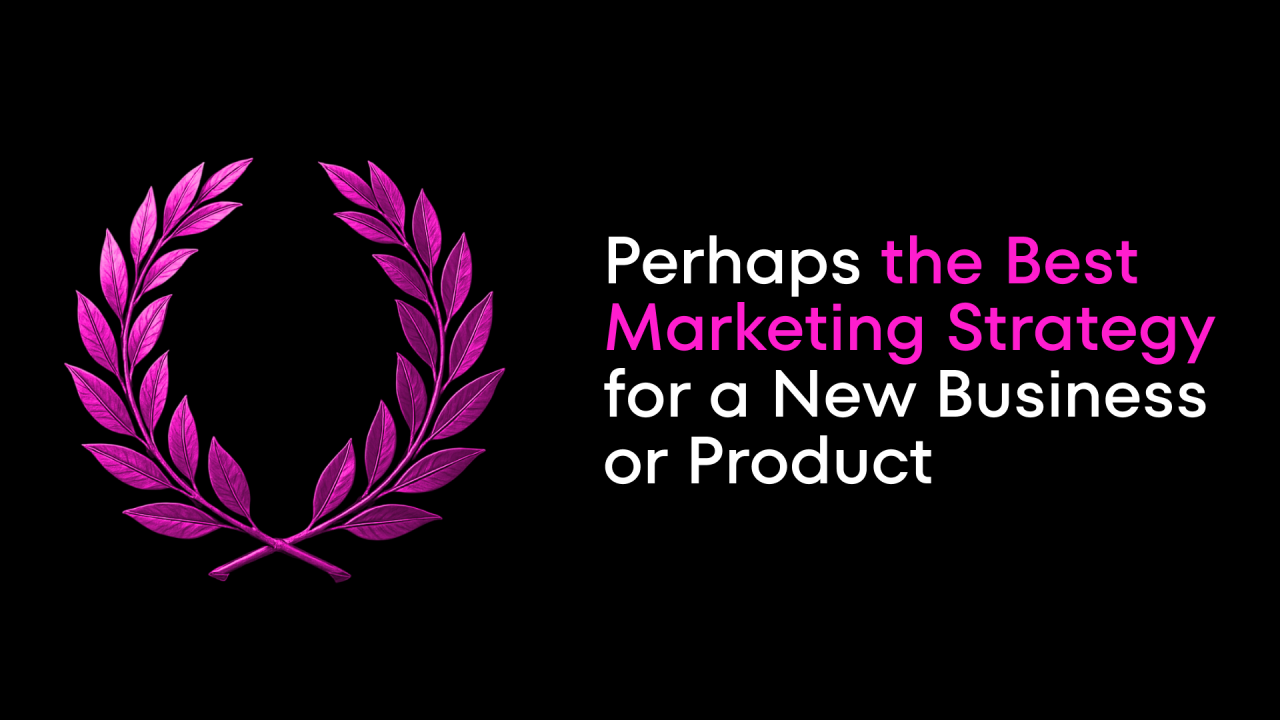In 2023, 5,481,437 new businesses were registered in the United States. By the same statistics, 79% of them closed down. The reasons vary — from financing and operations to management errors. Yet one factor appears consistently: the absence of a sound marketing strategy.
For any new business, marketing should be a priority. The faster a company attracts customers, the higher its chances of survival. The central challenge is clear: acquire as many customers as possible within a limited budget and timeframe. The question, however, is what is the best marketing strategy for a new venture?
The Core Risk
The greatest risk for a new venture is failing to acquire enough customers before the initial budget — the one allocated during launch planning — runs out. Surprisingly, many entrepreneurs do not formally set such a budget, which only amplifies the danger.
A Framework for Precision
As Denis Misiulia, founder of the branding agency Moloko, emphasizes: “Marketing is not about aesthetics; it is about precision.” His Communication Compass framework was designed to help businesses identify their exact target audience and the right communication channels to reach it.
While every business will ultimately build its own unique marketing strategy, successful strategies share a common foundation:
- Defining the target audience. Most businesses believe they know their customers. But when asked to describe them in detail, the results are vague and abstract. A target audience profile should resemble a portrait by Rembrandt or Dürer, not an impressionist sketch.
- Exploring potential channels. Brainstorming sessions are critical at this stage. Options may range from podcasts and small-scale events to conferences and digital campaigns. A channel map can serve as a valuable tool for expanding possibilities.
- Filtering and prioritizing. The essence of strategy lies in focus. Identify channels that can be tested quickly with minimal budgets and short timeframes (two weeks to one month). To structure the selection process, use three categories:
- Fits the formula (fast to test, affordable, measurable results)
- Does not fit
- Want to try later (reserved for experimentation once budget permits)
The primary objective: establish a stable flow of customers as early as possible.
Iteration and Growth
Once the initial channels have been selected, begin structured testing. Some options — such as paid advertising — may prove financially unfeasible at an early stage. This is not a failure. There remain numerous alternatives: blogging, marketplace promotions, targeted media publications, or community partnerships.
Over time, the most effective strategies emerge piece by piece. First comes one reliable channel, then another. After several years, many successful brands operate across multiple acquisition channels. Outsiders may believe these brands achieved rapid, multi-channel dominance — but in reality, it is the outcome of gradual, disciplined building.
This process-driven approach shows that the best marketing strategy is rarely a single big campaign, but rather a system of small, iterative steps that compound over time.
The Strategic Triad
The best marketing strategies rest on three pillars:
- Audience
- Channels
- Value Proposition
This article focused on the first two. Without the third — a compelling offer — no strategy can succeed.
The best marketing strategy for a new business is not a “one-size-fits-all” template. It is a disciplined process: define the audience precisely, explore a wide range of channels, filter them through rapid tests, and gradually assemble a system that ensures steady customer acquisition.
In other words, the best marketing strategy is not built in a day. It is built through clarity, focus, and iteration.


